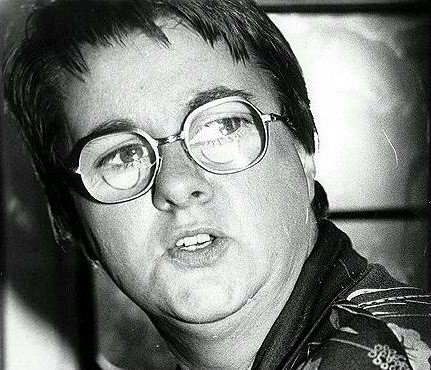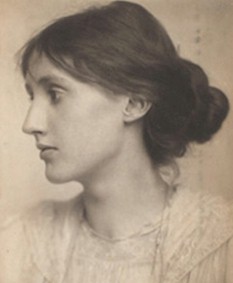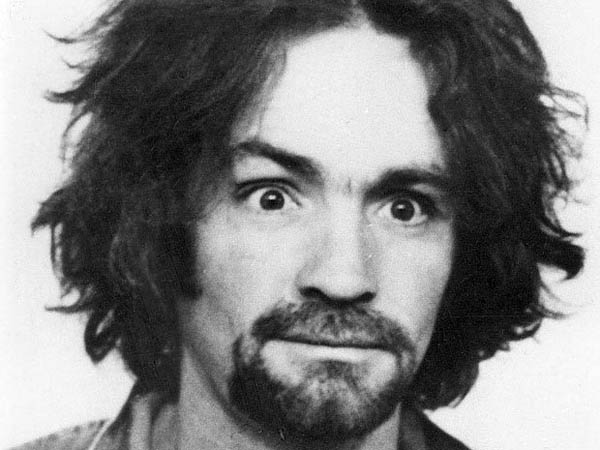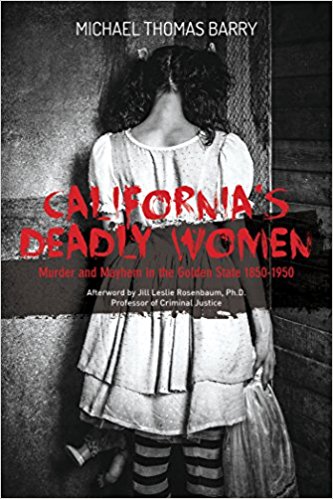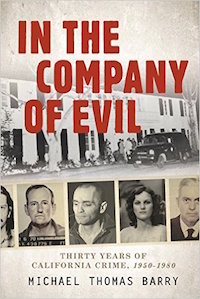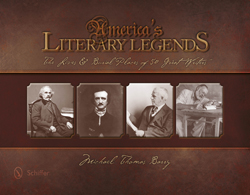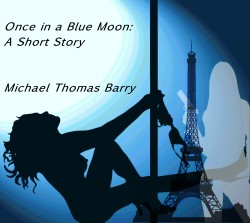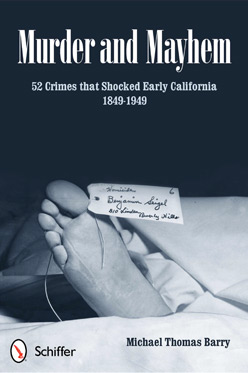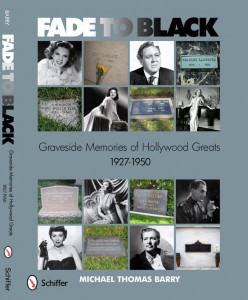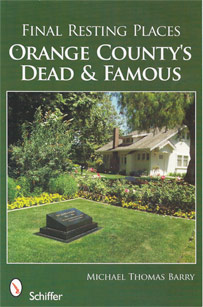09.14
This week (September 14-20) in crime history – President William McKinley succumbed to wounds suffered in assassination (September 14, 1901); Bomb explodes at Birmingham church killing four girls (September 15, 1963); Aaron Alexis kills a dozen people in shooting rampage at the Navy Yard in Washington D.C. (September 16, 2103); The Lonely Hearts Killer was executed (September 18, 1959); The Washington Post published the Unabomber’s manifesto (September 19, 1995); 16 members of an Amish group in Ohio were convicted of Federal hate crimes in beard cutting incident (September 20, 2012)
Highlighted Crime Story of the Week –
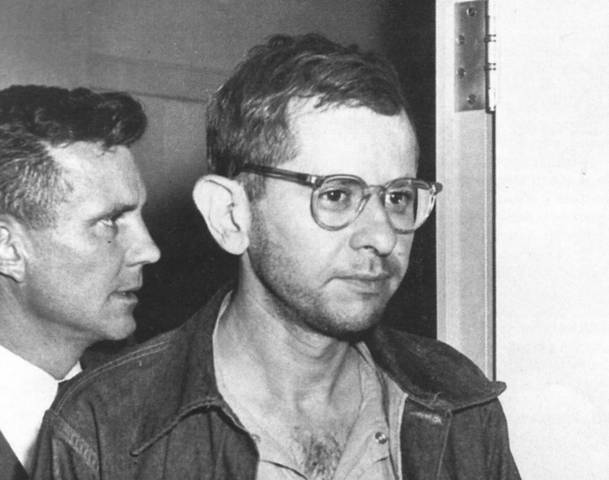
On September 18, 1959, Lonely Hearts killer, Harvey Glatman was executed in California’s gas chamber for murdering three young women in Los Angeles. Resisting all appeals to save his life, Glatman even wrote to the appeals board to say, “I only want to die.”
Glatman developed an obsession with rope as a young child and when his parents noticed that he was strangling himself on occasion, they took him to a doctor who told them that it was just a phase and that he would grow out of it. As a teenager, he threatened a girl with a toy gun in Colorado. Skipping bail, he made his way to New York, where he later spent several years in prison on robbery charges.
Following his release, Glatman moved to Colorado and then Los Angeles, opened a television repair shop and took up photography as a hobby. On August 1, 1957, he combined these two interests in a sinister way. On the pretense of a freelance modeling assignment, Glatman lured 19-year-old Judy Ann Dull to his apartment, where he raped her and then took photos of her, bound and gagged. He then drove her out to the desert east of Los Angeles and strangled her to death. By the time Dull’s body was found, there were no clues linking the crime to Glatman.
Back in Los Angeles, Glatman posted the pictures of Dull on his walls and became further obsessed with rape and murder. His next victim was Shirley Ann Bridgeford, whom he also strangled to death in the desert. In July 1958, Glatman struck again, following the same twisted procedure but in October, his luck ran out.
Lorraine Vigil, who answered one of Glatman’s modeling ads, was driving with him to his studio when she noticed that he was heading out of the city. She began to struggle with Glatman near an off ramp in south Orange County. Glatman pulled out a pistol and tried to tie her hands. After being shot through the hip, Vigil was able to wrestle the gun away from him. In the ensuing struggle, they both tumbled out of the car–just as a highway patrol officer drove past. Glatman was arrested and confessed to the three murders, seeming to delight in recounting his sadistic crimes. His trial lasted a mere three days before he was sent off to San Quentin to die.
Check back every Monday for a new installment of “This Week in Crime History.”
Michael Thomas Barry is a columnist for www.crimemagazine.com and is the author of six nonfiction books that includes the award winning Murder and Mayhem 52 Crimes that Shocked Early California 1849-1949.

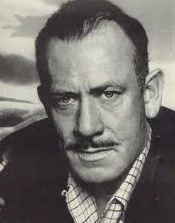

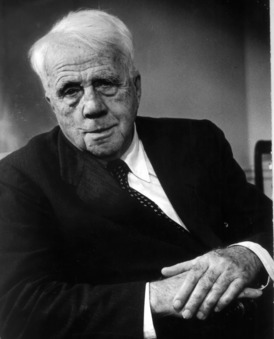

![menendez_000[1]](https://michaelthomasbarry.com/wp-content/uploads//2015/08/menendez_0001.jpg)

